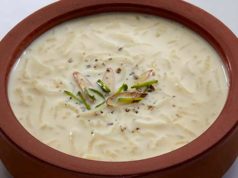The ice-cream is the only dessert that is enjoyed worldwide by people belonging to different age groups and different social communities. Look geographically to discover the collective gastronomic legacy that the ice cream can hold across the world map.
Who does not love ice cream! That joyful bliss of holding one in your hand and licking fondly until the last scoop makes everyone happy and scream for more. Ice cream memories can be one of the fondest ones that a man can have in his/her lifetime and there are actually too many of them. Most probably you might not even remember (or you may) the exact day when you had your first one.
Nevertheless, it was sure a very delightful one. And so are some of the interesting facts that are associated with it, for example like – it takes approximately fifty chilling licks to finish one scoop of an ice cream cone and one out of ten people like licking their ice cream bowl clean.
We might not know much about the origin of ice cream and its earliest connection can date back to 4th Century BC, when Roman Emperor Nero used to send his servants to the mountains to fetch ice for preparing a chilled delicacy made with fruit toppings. The ice-cream is the only dessert that is enjoyed worldwide by people belonging to different age groups and different social communities. History might be a little bit hazy as far as the frozen treat is concerned, but honestly, there is no other food that can boast of the numerous legends of discovery other than the ice cream.
So here is a look geographically to discover the collective gastronomic legacy that the ice cream can hold across the world map.
#1 – Greece
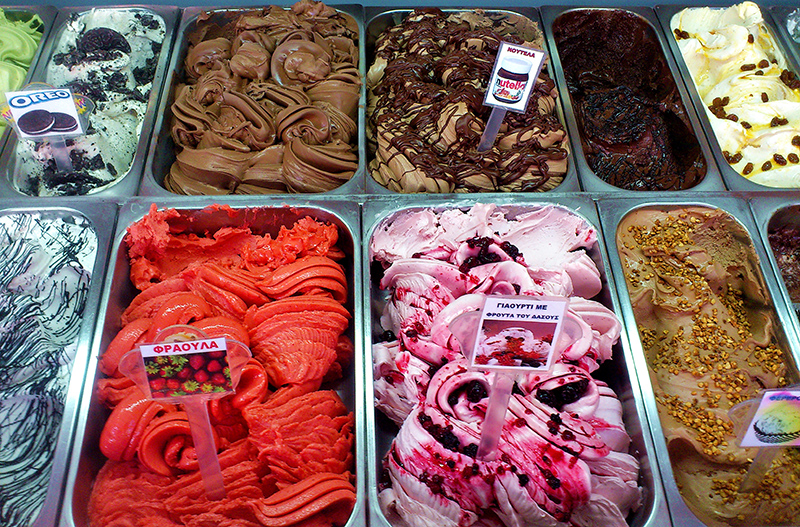
Ice cream in Greece has a long standing history since the ancient times. In the 5th century BC, snow ice mixed with fruits and honey was a very popular treat among the ancient Greeks. Alexander the Great used to enjoy snow ice flavored with honey. It was so popular in the region that even Hippocrates, the father of modern medicine spoke about its benefits that “livens the life juices and increases the well-being” to his patients. Today, ice cream in Greece has many unique flavors of which Pagoto Kaimaki and Salepi are very popular. Pagoto Kaimaki is a mastic-resin that gives the ice cream a chewy texture. Salepi is a thickening agent that helps to increase the resistance power to melting.
#2 – Argentina
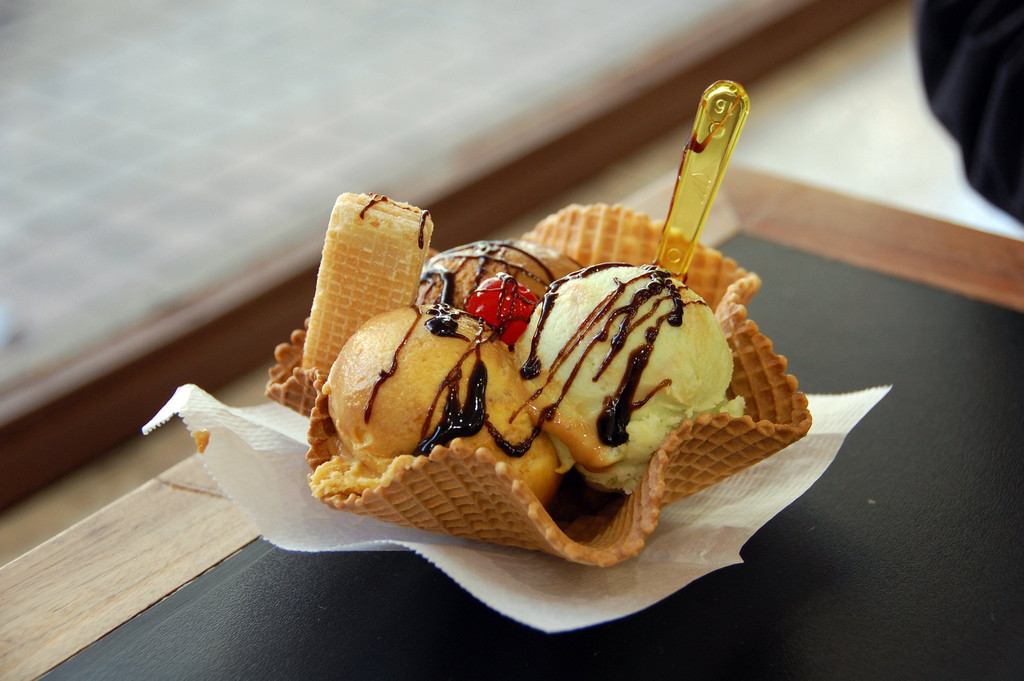
The ice cream is a fundamental part of the Argentine culture, which gained popularity with the immigration of the Italians during the 19th century. It was the Italians who introduced two different aspects to the ice cream culture. They are the gelato and the heladeria or the ice cream parlor. The recipes have undergone several experiments in the hands of several family descendants, thus ultimately leading to the creation of an ice cream of a unique style called the helado. This frozen treat is known to form a somewhat thick yet light consistency that makes it fall somewhere between the hard frozen ice cream and the traditional gelato. One can find a heladeria in almost every city, where one can choose from a variety of water and cream based ice creams.
The heladerias in Argentina are of two kinds. While one kind is known to sell cheaper ice cream with artificial ingredients, the other kind offers helado artesanal with natural ingredients. The helado artisanal have their packs distinguished from the cheaper ones with a logo that features an ice cream along with the letters HA. A standard ice cream cone in Argentina usually comes in two different flavors. If one is not that much fond of ice cream, then you can look for ice cream based desserts namely the Bombon Suizo, Bombon Escoces, Cassata and Almendrado.
In Argentina, Dulce de leche is a very popular ice cream flavor and its fame has spread abroad too, especially in the United States.
#3 – Germany
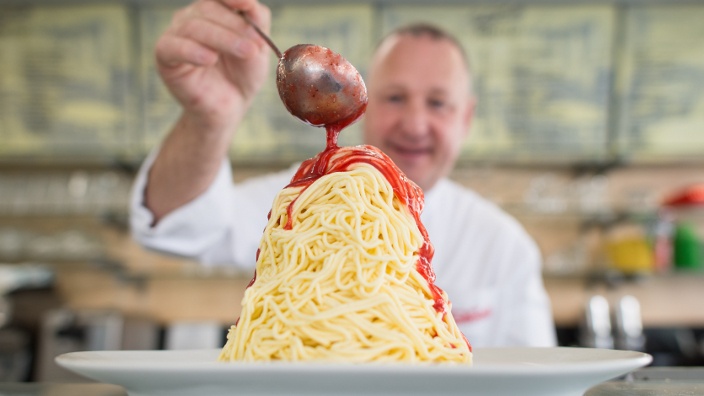
In Germany, it was the Italian Sarcletti family that opened their first ice cream parlor in Munich in the year 1879. Since then it became a family business that was ever since, passed down from one generation to another. The immigration of many Italian families in the 1920s led to the popularization of the traditional ice cream parlors. The Spaghetti Eis is a very popular ice cream dish in Germany. It was created in the 1960s by Dario Fontanella. This ice cream dish looks like a bowl of spaghetti in which a modified Spatzle press or potato ricer is used to extrude the vanialla ice cream. This makes the ice cream look like spaghetti. The preparation is then placed over a bowl of whipped cream, which is then topped with strawberry sauce, coconut flakes, white chocolate chips and grated almonds. The spaghetti is not that much popular outside Germany. So in case you visit the country and is searching for one, make sure you remember to pronounce it as Eis. Besides, some of the top flavors that are popular within the country are Vanilla, Strawberry and Chocolate.
#4 – Italy
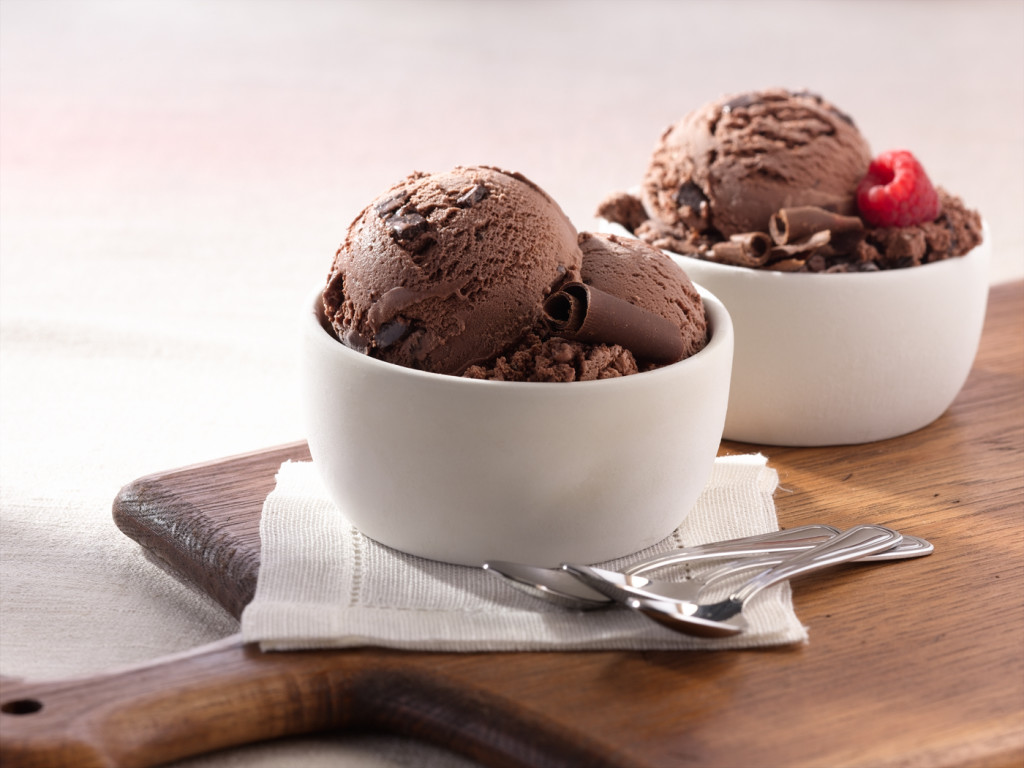
The Italian ice cream or the popular Gelato is a traditional dessert of the nation. These are mainly handmade productions, flavored by the shops in the gelatarias. The history of the gelato goes back to the ancient times, when frozen desserts were prepared using snow and ice brought down from the mountain tops and preserved underground. The Gelato consists of eggs, sugar, whole milk and natural flavors. Previously, before cones became popular, ice creams were served in a penny lick (a small glass dish) or in a hokey pokey (a wax paper wrapper) by the Italian vendors.
#5 – Turkey
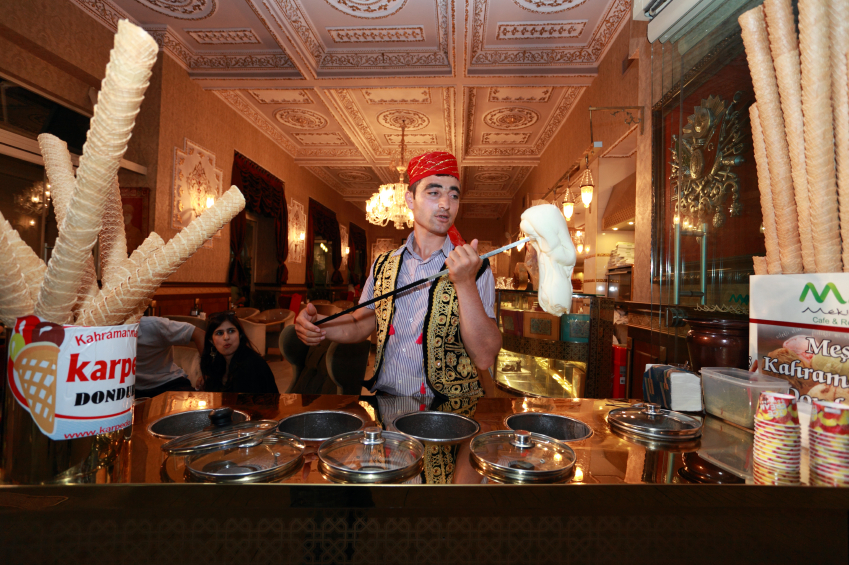
In Turkey the ice cream is referred to as the Dondurma, which literally means freezing in Turkish. The Dondurma is generally believed to have originated in the city of Maras and therefore it is also sometimes called the Maras Ice Cream. The Turkish ice cream contains substances like salep, mastic and resin that make its texture and melting resistance different from the other ice creams. In Turkey they are sold by the vendors directly from the cart or from the store fronts. Sometimes, according to the customary practice, the vendors would serve the ice cream cone on a stick and tease the customer by using the stick to rotate the dondurma and then take it away from him/her. This often leads to a misunderstanding, as most customers are unfamiliar with this. Some Turks believe consuming ice cream with some warm liquid would help to counteract illness, caused from consumption of cold foods.
#6 – China
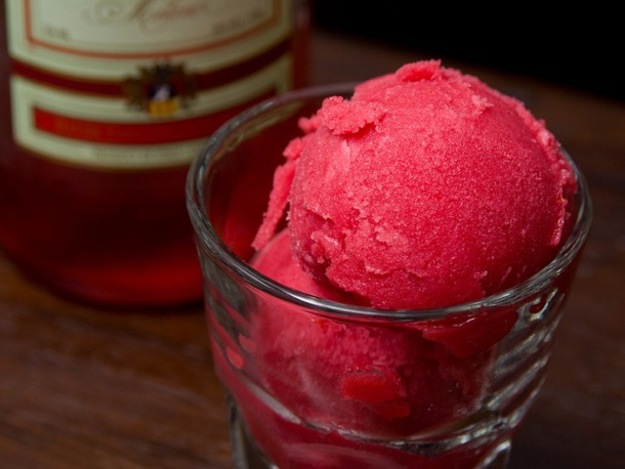
The earliest traces of ice cream takes us back to 200 BC when milk and rice were used to make a kind of frozen dessert in China. Some people think that the Chinese should be credited for the creamy version of the ice cream that we know of today. Emperor Tang, during his reign from AD 618 – 97, was said to enjoy a kind of frozen dish made of milk and ice. In History of Food, Maguelonne Toussaint-Samat asserts that the Chinese invented “a device to make sorbets and ice cream. They poured a mixture of snow and saltpetre over the exteriors of containers filled with syrup, for, in the same way as salt raises the boiling point of water, it lowers the freezing point to below zero.”
Infact, it was thought that explorer Marco Polo brought back the idea of the ice cream along with him following his voyage to China. There, however is no hard evidence to support this idea.
#7 – France
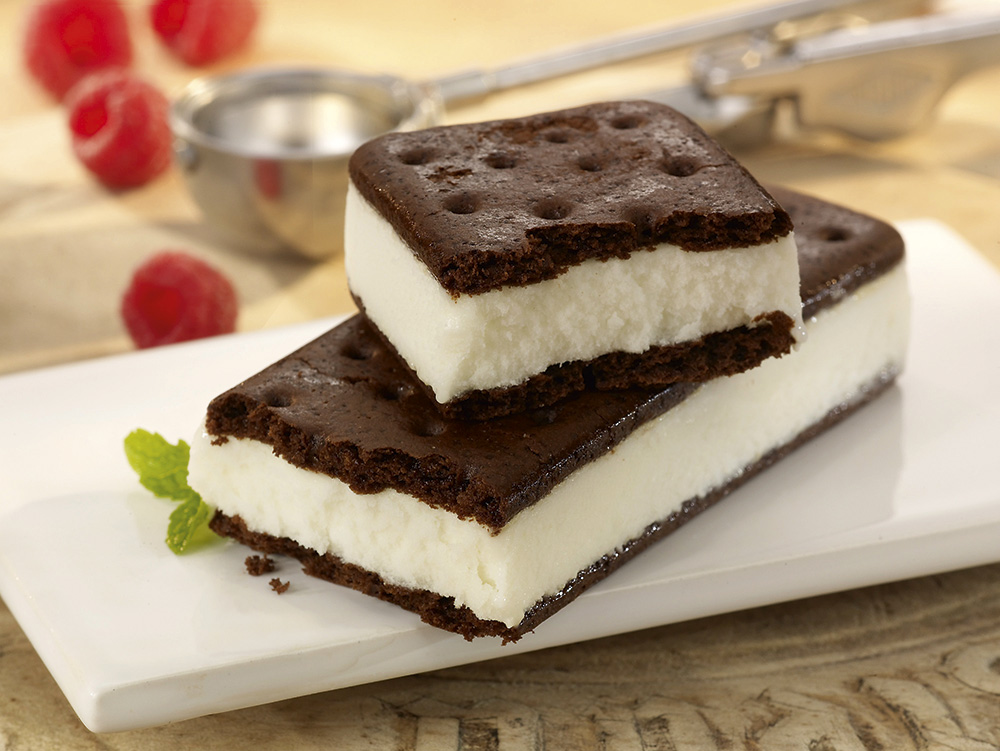
The Italians are thought to have been the first to introduce flavored ice with cream or milk, the popularity of which became widespread throughout Europe via France in the 17th century. Legend has it that when Catherine de Medici, the Italian duchess married the then Duke of Orleans, Henry II in the year 1533, she brought along with her a group of Italian confectioners to France. These confectioners taught their French counterparts the art of making frozen sherbets and ices. Perhaps the source of this story remains unidentified. However, historical evidences of the introduction of ice in France arose from some linguistic confusion that happened from stories during the time of Catherine who was still the Regent and Queen Mother back then.
#8 – England
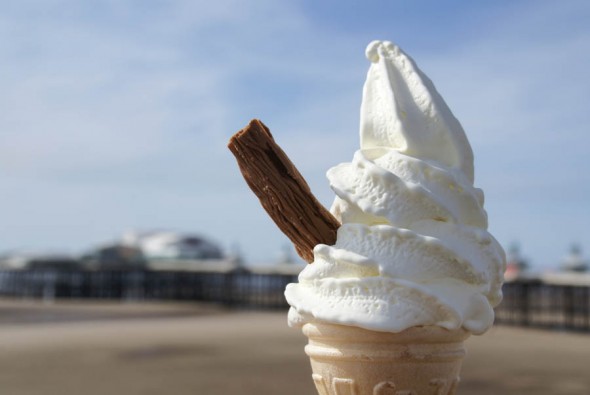
It is hard to tell how ice cream made its way to England, but it was believed to have been brought by the Italian immigrants who came in along with their expertise and tradition. One can find the earliest records of this frozen dish in the year 1672. He believed it to be exclusively a royal treat and hence paid his ice cream makers a lifetime pension for keeping the recipe a secret. The dish at that time had ingredients like milk, butter, cream and eggs. Since ice was rare, the ice cream was regarded as a delicacy for the elite and this was prevalent nearly in all the countries where it was served only to the well offs.
The first ice cream preparation recipe appeared in England during the 18th century and in 1718, it got published in an English cookery book titled Mrs. Mary Eales’s Receipts. However, it was in the second half of the nineteenth century when the ice cream became a treat that even ordinary people could enjoy. As the ice cream trade flourished in the beginning of the nineteenth century, large volumes of ice were then available at realistic price rates. Sellers were able to offer ordinary people the opportunity to taste the frozen delight. The ices back then, were sold on glass licks that could be wiped clean and then re-used. However, in 1926, this practice became illegal in London and was stopped based on public health issues. The first ice cream bicycle appeared on the London streets in the year 1923 and was used by Cecil Rodd of Walls, who after his experimentation with doorstep selling also came up with the slogan for his bicycle that said, “Stop Me and Buy One”. In the year 1924, Walls ordered 50 new tricycles when the ice cream business expanded and new manufacturing facilities were set up. Though the production flourished, it was during the war years between 1939 to 1945 that ice cream manufacture was curtailed severely. The ice cream tricycles were requisitioned for military purpose and in the year 1947, walls sold off around 3,300 tricycles. He used the money to invest in the installation of freezers in shops.
#9 – United States
In the United States, it was the Quaker colonists who brought along with them ice cream recipes to the country. During the time of the colonial era, ice cream was sold in New York and in other cities by confectionery shops. Historical records show that in America, ice cream was first mentioned in year 1744 by a Scottish colonist who visited the house of Thomas Bladen, the then Governor of Maryland.
The first ice cream parlor opened in New York in the year 1790. Even two of America’s presidents were known to have loved ice cream madly. Rumor has it that Benjamin Franklin, George Washington and Thomas Jefferson used to eat and serve ice cream regularly. In the summer of 1790, President George Washington was reported to have had purchased ice cream worth $200, which is equivalent to $3000 today. He also owned two pewter ice cream pots. Thomas Jefferson was known to create his own vanilla ice cream recipe and President Madison’s wife was reported to have served strawberry ice cream at the second inaugural banquet of her husband.
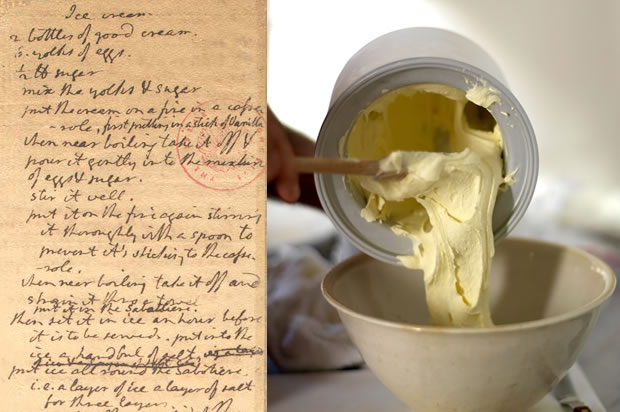
Even Abraham Lincoln, it was said, had a taste for the frozen treat. Lincoln’s wife Mary Todd used to frequently host parties, where fresh strawberries were served with cake and ice cream. In the 1930s, ice creams were being sold in the grocery stores. The dessert became so much popular during the time of the World War II that it was served as treat for the troop morale, which resulted the dish to become an American symbol. As a result, to prevent any kind of association with America, Italy’s Mussolini decided to ban it from the country. Today, almost 9% of the cow milk production in America goes for the manufacturing of ice cream. An average American citizen can consume about four gallons of ice cream every year. Among the different type of ice cream flavors that are available, vanilla and chocolate are said to be very popular.
#10 – India

The kulfi is the traditional Indian version of the ice cream and is very popular throughout Asia. It is comparatively more creamier and denser than the original ice cream and are available in different kind of flavors. The earliest traces of the ice cream could be found in the 16th century, when the Mughal emperors used to send their horsemen to the mountains to bring ice for the preparation of fruit sorbets. The kulfi contains a mixture made of dense evaporated milk, which is commonly used in Hindu sweet dishes. During the Mughal period, the mixture was flavored with saffron and pistachios and packed in metal like cones before immersing them in slurry ice. This resulted in the formation of the kulfi, the name of which according to the Persian word means ‘covered cup’. There is hence no doubt about the fact that the Mughals were the first to introduce the ice cream in India and other parts of Asia. The oldest historical record of the ice cream could be found in Ain-i-akbari, where according to the administration record, saltpeter was used for the refrigeration and transportation of ice from the areas of the Himalayas to the warmer parts.
These are traditionally sold by kulfiwalas, who keep the frozen kulfi inside earthenware pots. These pots are known as the matkas, which are kept filled with salt and ice. Kulfi in India is served with faloodeh or the vermicelli noodles, rose and sugar syrup and are given out on leaves or on sticks.
A treat to the tongue of all age groups, the ice cream is surely the only dessert that is known to have its own diverse history and geography. Most food historians suggest that the origin of the ice cream begins from the 17th century, which later proliferated in the 18th century. However, with time and technology, the ice cream has become a favorite dish eagerly consumed worldwide. On an interesting note, if you are wondering where is ice cream consumed the most in the world, then it surely has to be the United States (23 liters/person) followed by Australia and New Zealand (18-20 liters/person).



































